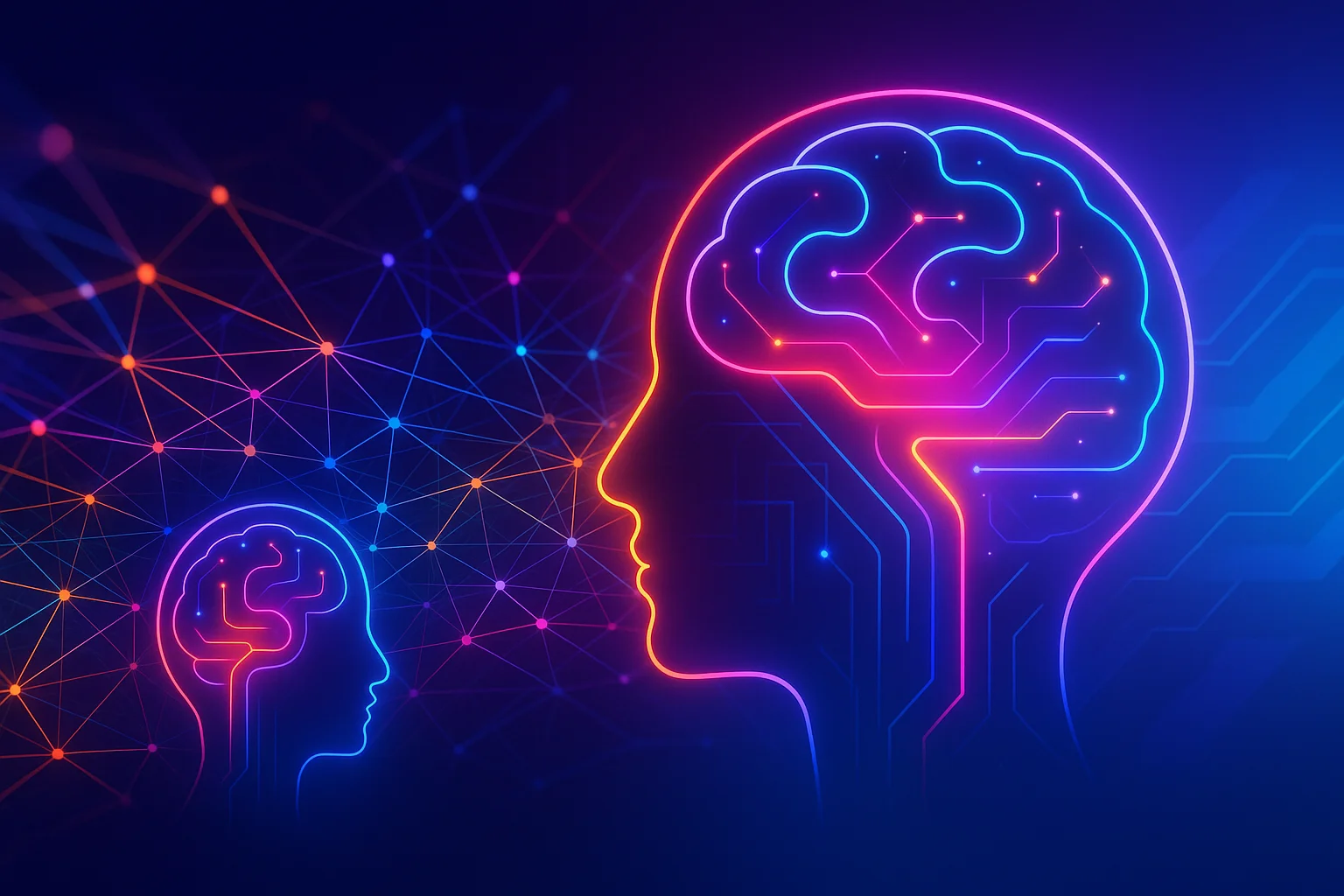AI Search Optimization (AIO) is not just an enhancement of traditional SEO—it's a foundational shift. As AI-driven search engines like ChatGPT, Claude, and Perplexity redefine how users find information, mastering AIO becomes critical. This guide explores why AIO is essential in 2025, offering a strategic framework to engineer visibility across these platforms. We'll delve into the Five Pillars of AI Search Optimization, providing a roadmap for transitioning from SEO to AIO.
Who This Guide is For
- Founders and CMOs at mid-enterprise and enterprise organizations aiming to enhance digital visibility.
- Heads of Digital Marketing and SEO Leads looking to transition from traditional SEO to AIO.
- Content Strategy Directors seeking to align content with AI-driven search engines.
- Agencies and consultancies advising clients on next-generation search discovery.
How to Use This Guide
This guide is structured to provide a comprehensive overview of AI Search Optimization. It introduces the Five Pillars framework, each representing a critical component of AIO. While this guide gives you the strategic map, our cluster articles offer in-depth explorations of specific topics. Use this guide to understand the overall landscape and refer to cluster articles for detailed insights.
The Five Pillars of AI Search Optimization
Semantic Intent Intelligence
Semantic Intent Intelligence involves defining high-value AI search intents and mapping them to business objectives. This pillar is crucial because it emphasizes understanding user intent over mere keyword optimization. For more on this, see What Is AIO (AI Search Optimization)? and SEO vs AIO: The New Rules.
Content Architecture & Entity Mapping
This pillar focuses on structuring content around topic clusters, knowledge graphs, and entity relationships. It ensures that content is organized in a way that AI systems can easily interpret and retrieve. Explore this further in How AI Changes SEO in 2025 and Technical SEO for AI-Generated Content.
Retrieval-Generation Integration
Optimizing for both vector/semantic retrieval and prompt-driven generation is key. This pillar ensures that content is both retrievable and generative, catering to AI's dual nature. For a deep dive, see How to Rank in ChatGPT Search and How to Rank in Claude Search.
Technical Infrastructure
A robust technical foundation is essential for AI search visibility. This includes ensuring AI crawler readiness, dynamic rendering, schema markup, and API accessibility. Learn more in How Google Treats AI Content in 2025 and Technical SEO for AI-Generated Content.
Measurement & Governance
Defining AI search KPIs, feedback loops, and governance policies are vital for continuous optimization. This pillar focuses on real-time testing and adjustments. For insights, refer to How Gentura Agents Optimize for AI Search and Best AIO Tools & Workflows.
Implementation Roadmap
Phase 1: Assessment and Planning
Focus on assessing current capabilities and planning the transition from SEO to AIO. Success involves a clear understanding of AI search intents and content architecture.
Phase 2: Infrastructure Development
Develop the technical infrastructure needed for AI search, including schema markup and API integrations. Success is measured by the readiness of AI crawlers and dynamic rendering.
Phase 3: Content and Retrieval Optimization
Optimize content for both retrieval and generation, ensuring alignment with AI search engines. Success is seen in improved AI search rankings and content retrieval efficiency.
Phase 4: Measurement and Feedback
Implement measurement and feedback mechanisms to continuously refine AIO strategies. Success involves real-time analytics and effective governance.
Phase 5: Scaling and Iteration
Scale AIO efforts across the organization, iterating based on feedback and analytics. Success is a sustained increase in AI-driven search visibility and conversions.
Common Mistakes & Misconceptions
- AIO is just SEO with fancier labels. AIO requires a fundamental shift in strategy and execution.
- Keyword density still drives AI search rankings. AI prioritizes semantic understanding over keyword frequency.
- Once optimized, AIO requires no further investment. Continuous optimization and adaptation are necessary.
- AI search goals and Google goals always align. Different AI engines have distinct behaviors and priorities.
- More content volume automatically improves AI visibility. Quality and relevance matter more than sheer volume.
- Structured data is unnecessary for AI retrieval. Structured data enhances AI's ability to understand and retrieve content.
- AI search funnels look like traditional traffic funnels. AI search involves different user behaviors and expectations.
- Prompt engineering is purely a copywriting task. It requires a strategic understanding of AI systems and user intents.
FAQ
What is the difference between AI Search Optimization and traditional SEO? AIO focuses on semantic intent and entity mapping, while traditional SEO emphasizes keyword optimization.
How long does it take to implement an AIO maturity framework? Implementation can vary, but a phased approach over 12-18 months is typical.
Which AI search engines should we prioritize first? Prioritize based on your audience's usage patterns and the relevance of each engine to your business goals.
How do we measure success in AI-driven search channels? Success is measured by AI search visibility, assisted conversions, and real-time analytics.
What roles and skills are essential for an AIO team? Key roles include data scientists, content strategists, and technical SEO specialists.
How does AIO interact with our existing SEO and content workflows? AIO complements existing workflows by integrating AI-specific strategies and tools.
What budget should we allocate to technical vs. content pillars in AIO? Budget allocation depends on current capabilities but should balance technical infrastructure and content development.
Can small businesses compete in AI search without large data science teams? Yes, by leveraging AIO tools and focusing on niche, high-value intents.
How often should we update prompts and retrieval parameters? Regular updates are essential, ideally every quarter, to align with evolving AI models.
What governance policies are needed for AI-generated content? Policies should ensure compliance, accuracy, and ethical use of AI-generated content.
Conclusion
Mastering AIO is a foundational shift in digital discovery, not just an incremental upgrade. By adopting the Five Pillars framework, organizations can engineer visibility across AI-driven search engines. The main shift is treating search visibility as an engineering discipline, requiring continuous adaptation and cross-functional collaboration. If you want autonomous AI agents to execute this entire strategy for you, Gentura can do it on autopilot.
Gentura builds autonomous marketing agents that replace the full expert marketing workflow. Our agents research, plan, write, optimize, publish, and monitor content automatically.
Related Articles

What Is AIO (AI Search Optimization)?
Discover AIO, the evolution of SEO for AI search engines, and learn how to optimize your content for AI-driven visibility.

How to Rank in ChatGPT Search
Learn how to optimize your content for ChatGPT search with prompt-first SEO and AI search stack frameworks.

How to Rank in Claude Search
Learn how to rank in Claude Search with semantic-first strategies, practical frameworks, and tactical playbooks for AI optimization.

SEO vs AIO: The New Rules
Explore the strategic evolution from SEO to AIO and learn how to optimize for AI-driven search engines.

How AI Changes SEO in 2025
Discover how AI transforms SEO in 2025, focusing on AI-first search channels, structured data, and the AI-SEO Pyramid framework.

Technical SEO for AI-Generated Content: A 2025 Guide
Master technical SEO for AI content in 2025 with strategies for AI crawlers, dynamic rendering, and structured data.
Ready to Get Started?
Transform your marketing with AI-powered agents. Create content at scale, optimize campaigns automatically, and grow faster.
Get Your AI Agent
